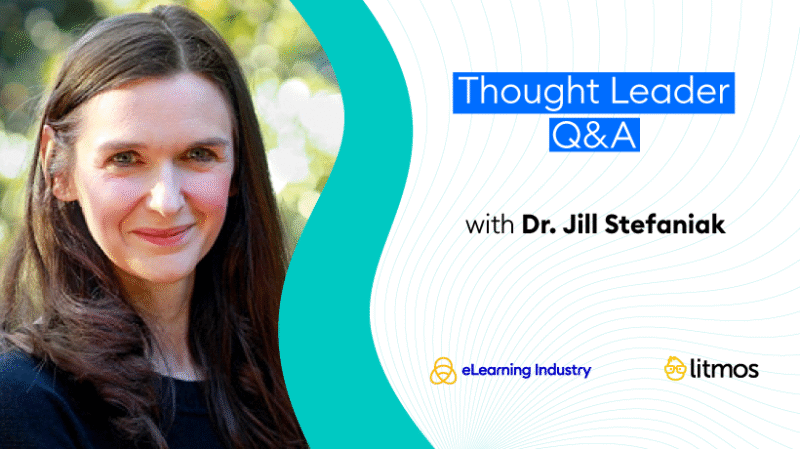
Applying ADDIE For Extra Impactful Educating
Dr. Jill Stefaniak is the Chief Understanding Officer at Litmos Her passions focus on the development of L&D professionals and Instructional Style choice making. Today, she talks to us regarding executing the ADDIE structure, L&D requires analysis, and training evaluation.
Why is the ADDIE framework still so appropriate today, and exactly how does needs analysis and analysis match the procedure?
I like to think about analysis and analysis as the bookends to the ADDIE structure. They both offer the infrastructure needed to sustain training. While they are 2 distinctive stages of ADDIE, they are interconnected because both stages concentrate on improving knowing and efficiency.
A requirements evaluation is normally carried out at the beginning of a style job to identify voids in between current and preferred knowledge, abilities, and performance. By methodically gathering data from learners, stakeholders, and business contexts, L&D specialists can determine where interventions are needed and focus on knowing. Basically, a complete demands assessment supplies a baseline versus which the effectiveness of training interventions can be later on gauged.
Evaluation feeds back into the requirements evaluation process by examining whether the designed instruction is satisfying its desired purpose. The insights acquired from evaluation can identify formerly unacknowledged or identified gaps in efficiency or advancing student needs. This triggers a brand-new cycle of needs assessment and refinement. Needs evaluation and evaluation produce a constant comments loop where evaluation informs layout and analysis determines its effect. Analysis discovers new requirements, making certain training continues to be relevant and reliable.
Based on your experience, what’s the most common error that L&D professionals make when implementing ADDIE?
I believe there are two typical mistakes that L&D professionals make:
- They hurry (or skip entirely) the analysis stage. They often tend to jump right into designing content without asking the essential questions to recognize the nuanced demands of the discovering audience. They additionally tend to check out evaluation as just student evaluation and miss out on the possibility to gather crucial info that can have a significant effect on training results.
- Another typical error is treating ADDIE strictly as a direct procedure. While L&D specialists are expected to proceed through the structure sequentially, it is essential that they be adaptable and adaptable throughout the style procedure. This suggests revisiting numerous stages of the design procedure as new info emerges. An effective L&D task is one that welcomes ideation and model. Prototyping, taking another look at phases to make certain there’s essential placement in between training needs, web content, and evaluative metrics, are important to making certain the material designed is meeting the organization’s designated outcomes.
Just how can L&D groups much better understand the needs of their students by focusing a lot more on utility, significance, and value when carrying out requirements assessments?
When L&D teams focus on utility, importance, and worth in their needs assessments, they obtain a more clear image of what absolutely matters to learners in their company. Utility makes certain that training addresses practical skills students can promptly use in their roles. Importance links discovering directly to job obligations and job objectives. By examining value, teams determine which finding out opportunities will have the greatest effect on both learner involvement and organizational end results. This ultimately leads to the development of even more efficient and targeted L&D programs.
What is one of your standout success tales that entailed the ADDIE structure?
Our L&D team at Litmos produced Litmos College to provide targeted training to support our customers. We began with a needs analysis to much better understand where students were having a hard time and what abilities were most important. That input shaped the style and ensured we focused on the right content from the start. With growth, we shared design files, prototypes, gathered feedback, and made iterative renovations. The outcome is a collection of courses that really felt appropriate to learners and showed clear enhancement in both engagement and efficiency.
Do you have an upcoming occasion, launch, or various other initiative that you ‘d like our readers to find out about?
I’ll be holding a webinar on October 9 with Dr. Stephanie Moore, Affiliate Professor at the University of New Mexico, that checks out the biggest pitfalls of AI-generated learning, including enhancing stereotypes, fueling the “learning designs” misconception, and creating vague or ineffective goals. It’ll cover useful techniques for creating measurable goals, establishing ethical guardrails, and guaranteeing your training remains varied, accessible, and based in research. You can sign up for it here
Wrapping Up
Many thanks so much to Dr. Jill Stefaniak for sharing her important understandings and knowledge with us. If you want to find out more about developing reliable and interesting training, you can look into her article on the Litmos blog, which highlights 4 concerns L&D groups can ask to scale their demands evaluation.